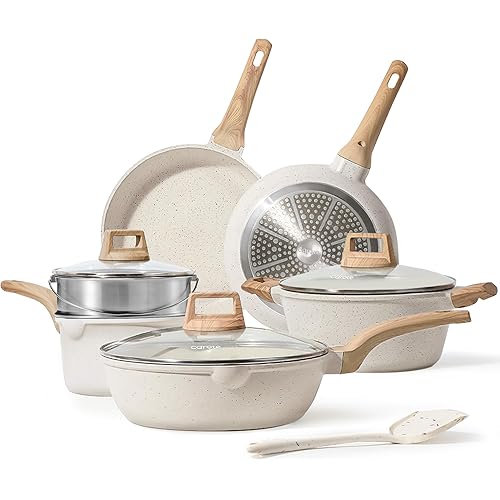






Buy Now, Pay Later
- – 4-month term
- – No impact on credit
- – Instant approval decision
- – Secure and straightforward checkout
Ready to go? Add this product to your cart and select a plan during checkout.
Payment plans are offered through our trusted finance partners Klarna, Affirm, Afterpay, Apple Pay, and PayTomorrow. No-credit-needed leasing options through Acima may also be available at checkout.
Learn more about financing & leasing here.
Selected Option
Eligible for Return, Refund or Replacement within 30 days of receipt
To qualify for a full refund, items must be returned in their original, unused condition. If an item is returned in a used, damaged, or materially different state, you may be granted a partial refund.
To initiate a return, please visit our Returns Center.
View our full returns policy here.
Style: Oval with Handle
Features
- Seasoned with oil for a natural, easy-release finish that improves with use
- The right tool to sear, saute, bake, broil, fry or grill. Perfect for fajitas or sizzling steaks!
- Cast iron is at home in the oven, on the stove, on the grill or over the campfire; also great with induction cooktops
- Easy care: hand wash, dry, rub with cooking oil
Description
The Lodge Cast Iron Oval Serving Griddle offers superb heat retention and excellent durability. Nothing can surpass the visual appeal of food served on cast iron. Whether it's the sight and sound of sizzling steak or fajita or just keeping ribs, chicken or pork chops piping hot, it's sure to turn heads as food makes its way from the kitchen to the table. Easy care: hand wash, dry, rub with cooking oil. Dimensions (including handle): 10" x 7.5" Made in the USA.
Brand: Lodge
Material: Cast Iron
Special Feature: Oven Safe
Color: Black
Capacity: 1.7 Kilograms
Brand: Lodge
Material: Cast Iron
Special Feature: Oven Safe
Color: Black
Capacity: 1.7 Kilograms
Compatible Devices: Smooth Surface Induction
Product Care Instructions: Oven Safe
Item Weight: 3.5 Pounds
Is Oven Safe: Yes
Model Name: LOS3
Has Nonstick Coating: Yes
Is Dishwasher Safe: No
UPC: 075536340104 013389094072
Global Trade Identification Number: 06, 04
Product Dimensions: 15.12 x 7.31 x 1.5 inches
Item Weight: 3.5 pounds
Manufacturer: Lodge
Item model number: Lodge Cast Iron Rectangular Griddle
Is Discontinued By Manufacturer: No
Date First Available: October 2, 2001
Frequently asked questions
To initiate a return, please visit our Returns Center.
View our full returns policy here.
- Klarna Financing
- Affirm Pay in 4
- Affirm Financing
- Afterpay Financing
- PayTomorrow Financing
- Financing through Apple Pay
Learn more about financing & leasing here.





















